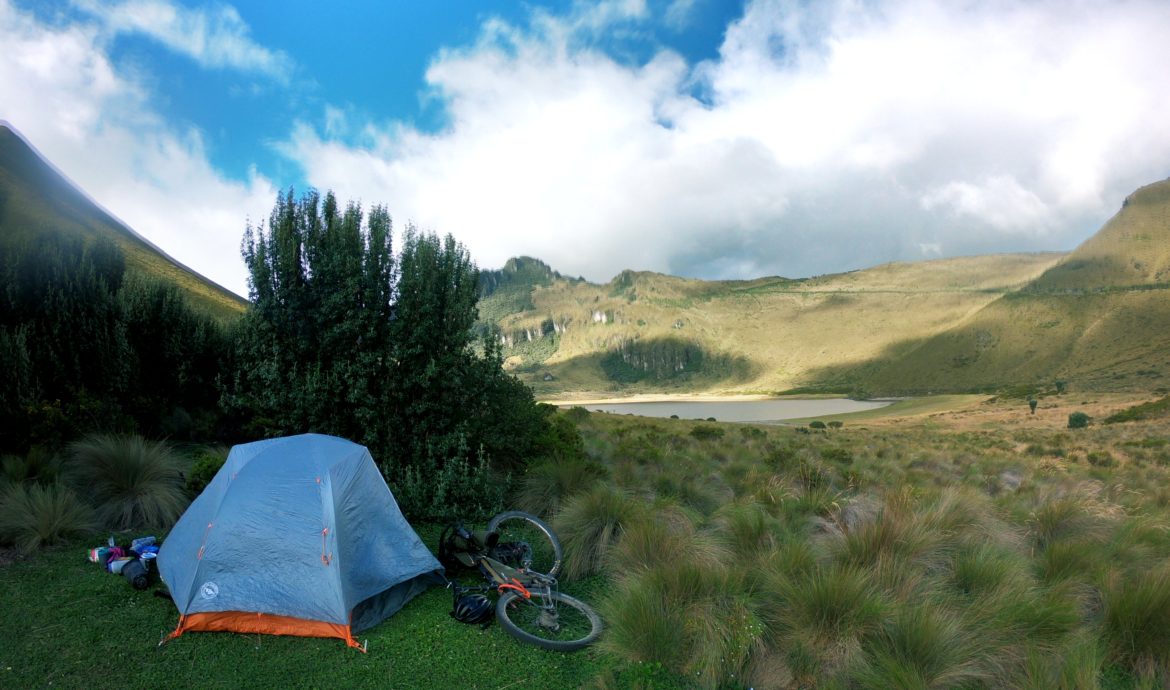
Las ligas mayores, cápitulo uno
EcuadorThe problems started before I even left Otavalo. As I was replacing my brake pads on the morning of departure, the piston popped out of its seating. SRAM’s manual said that this issue was common and I had to unscrew a dial and give the piston a shove, but it wouldn’t go in. Fiddling for hours and overwhelmed with a feeling of incompetence, I eventually wheeled my bike over to the local mechanic, who had to singe a wire to squeeze the piston back into its proper place. I finally rolled out of Otavalo well after noon, heading up the mountain to camp at nearby Laguna Mojanda.
By the time I got to camp, some feeling of competence had returned. I’d made good time up a climb that had been described as treacherous in most accounts that I’d read. Some people in town told me the road wasn’t even possible on a bike. But the cobbles, altitude, and steep grades didn’t bother me much.
As I began to unpack and set up camp beside a deep blue lake with a jagged mountain backdrop, my pride quickly evaporated. The elastic band which runs through my tent poles had snapped, creating a messy jigsaw puzzle to reassemble. The down layer of my sleeping bag was soaking wet from the rain a week earlier – apparently the bike bag I kept it in wasn’t as waterproof as I thought. And my matches were wet too, preventing me from cooking dinner.
I was able to piece my tent together, but I spent the night shivering and hungry, listening to the winds of the páramo beat against my tent. Am I cut out for this, I thought. As challenging as it was, Colombia had been the minor leagues of the bike trip. Entering Ecuador meant graduating into the big leagues. And I was striking out so far.
Higher population density in Colombia, lower altitudes, warmer climates, mostly paved roads, friendly people and a cycling culture all combined to make my route through Colombia a good way to ease into the sport of bike touring. But in Ecuador, my plan was to follow a route published by some crazy bikepackers called the Trans-Ecuador Mountain Bike Route. The route avoids the busy Panamerican highway, in favor of dirt roads that squiggle switchbacks through the páramo and cobblestone paths through remote farmlands and all but forgotten pueblitos.
Even in the first couple days, the difference drained me. The dry mountain winds slapped dirt into my face; wind that I’d never experienced in Colombia. The high altitude breezes prompted me to wear the wool jacket that I hadn’t worn until my last days in Colombia. And, with the backcountry routes striking further distance in between towns, camping became a requirement, rather than an occasional option.
Was I ready for the big leagues? I stumbled into the suburbs of Quito the next day feeling defeated. I could race a bike up a mountain, but I couldn’t even set up a proper camp. What am I doing out here, I thought. I needed a couple of days to think about it.

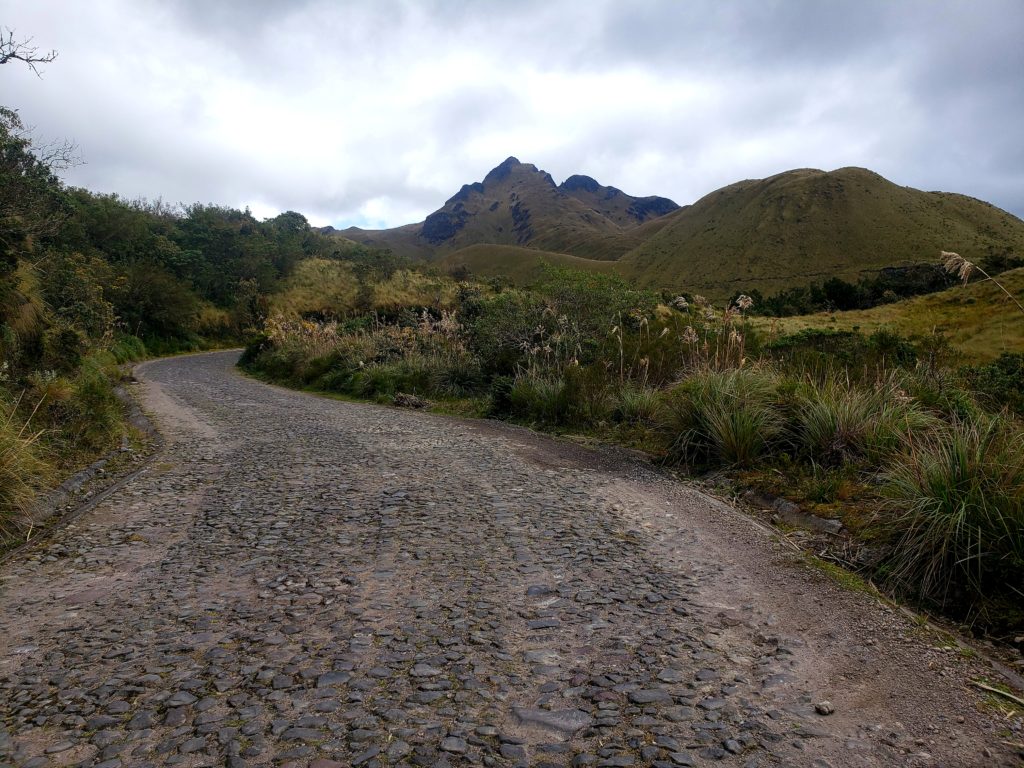
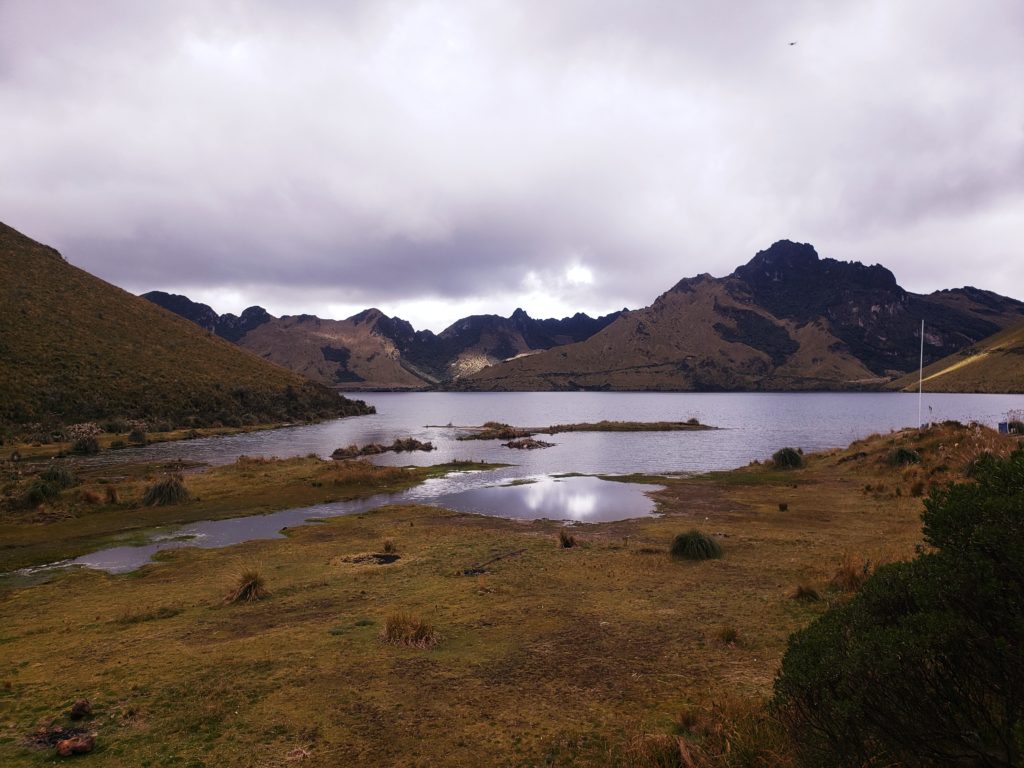
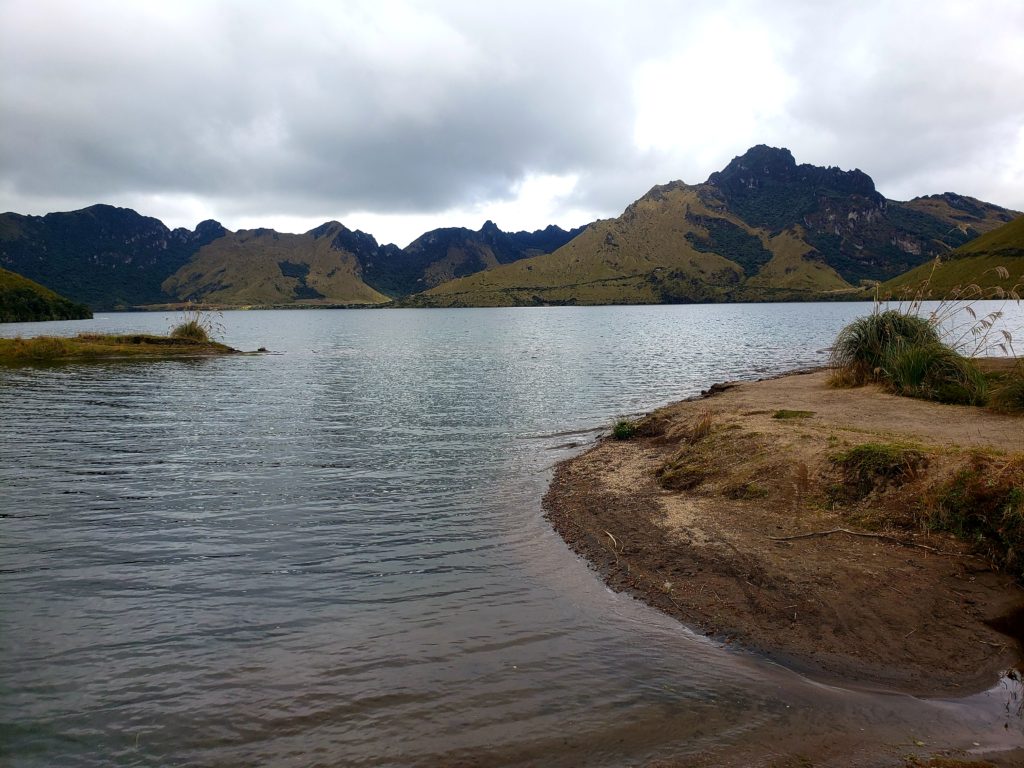
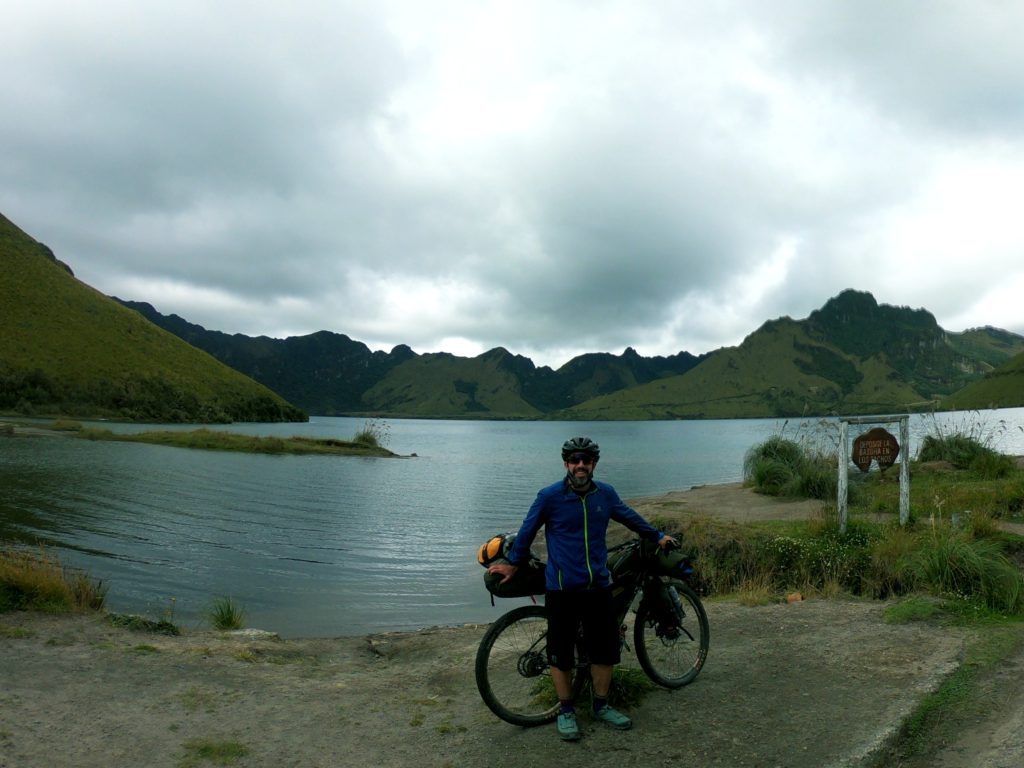
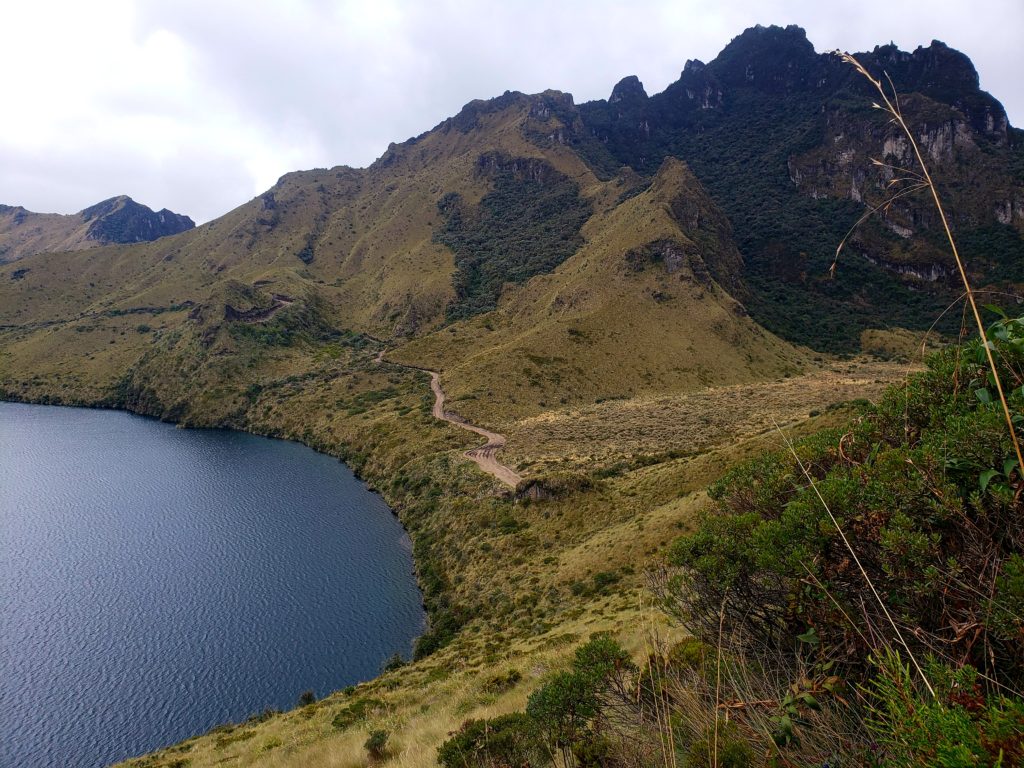
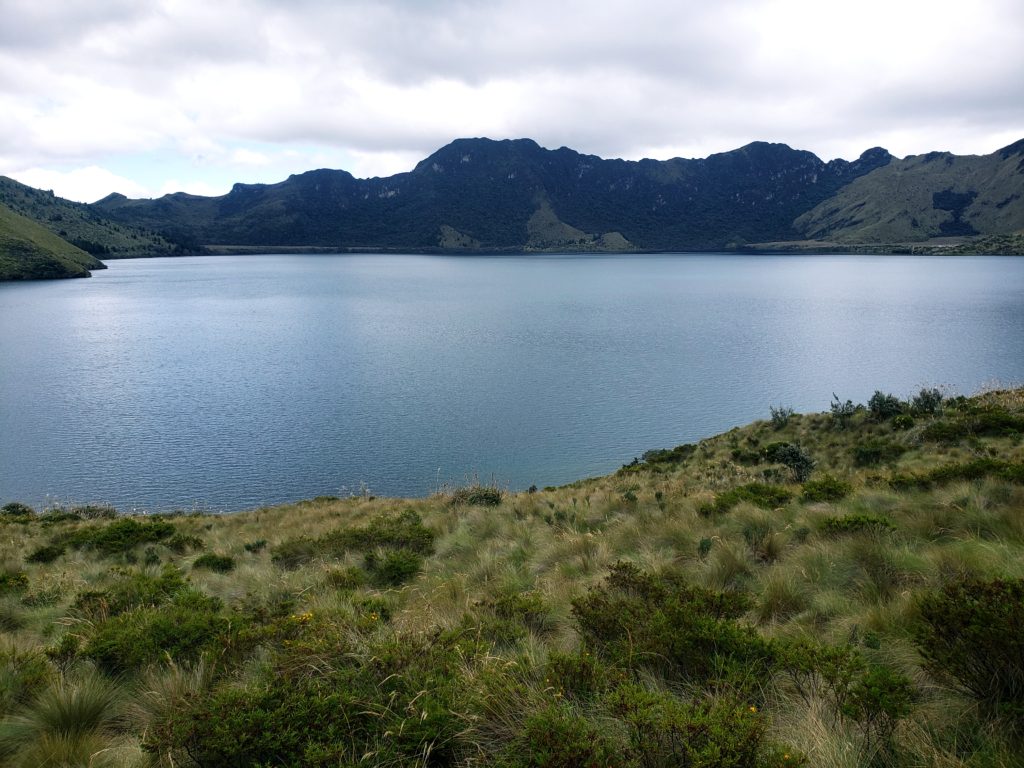
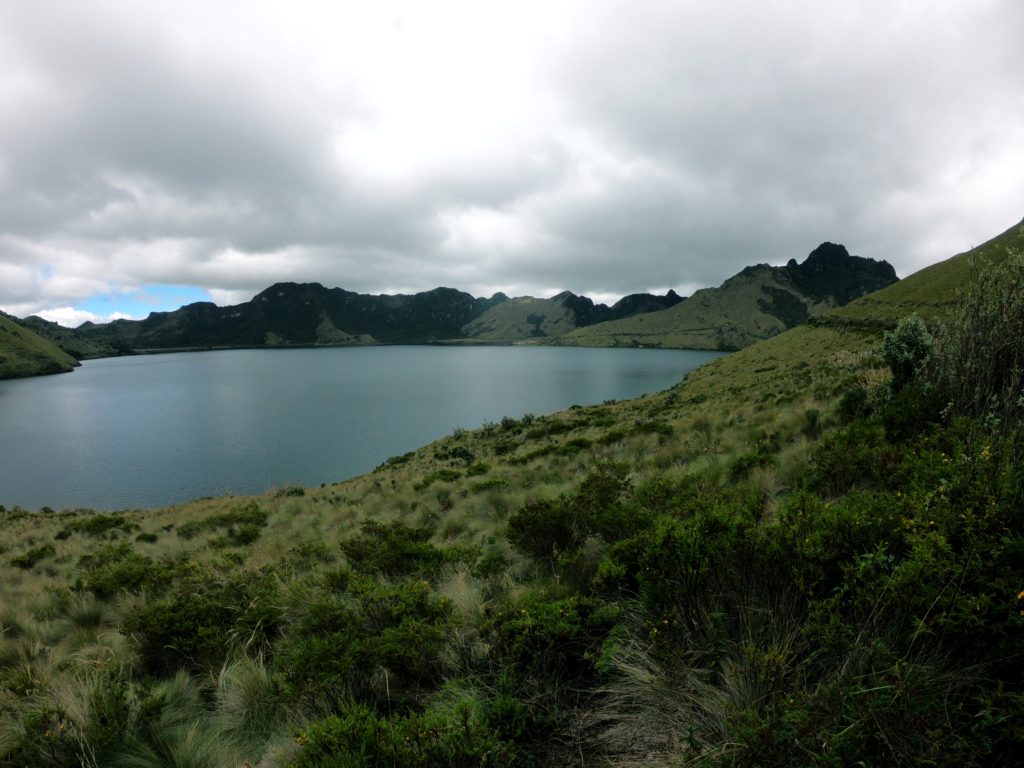
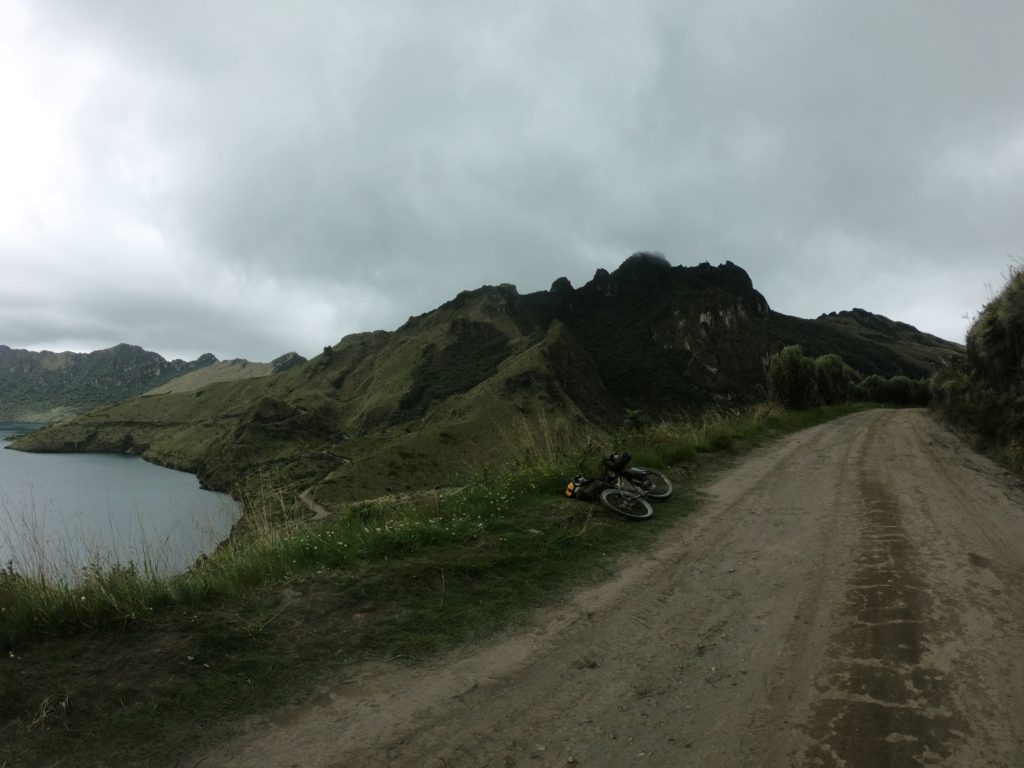
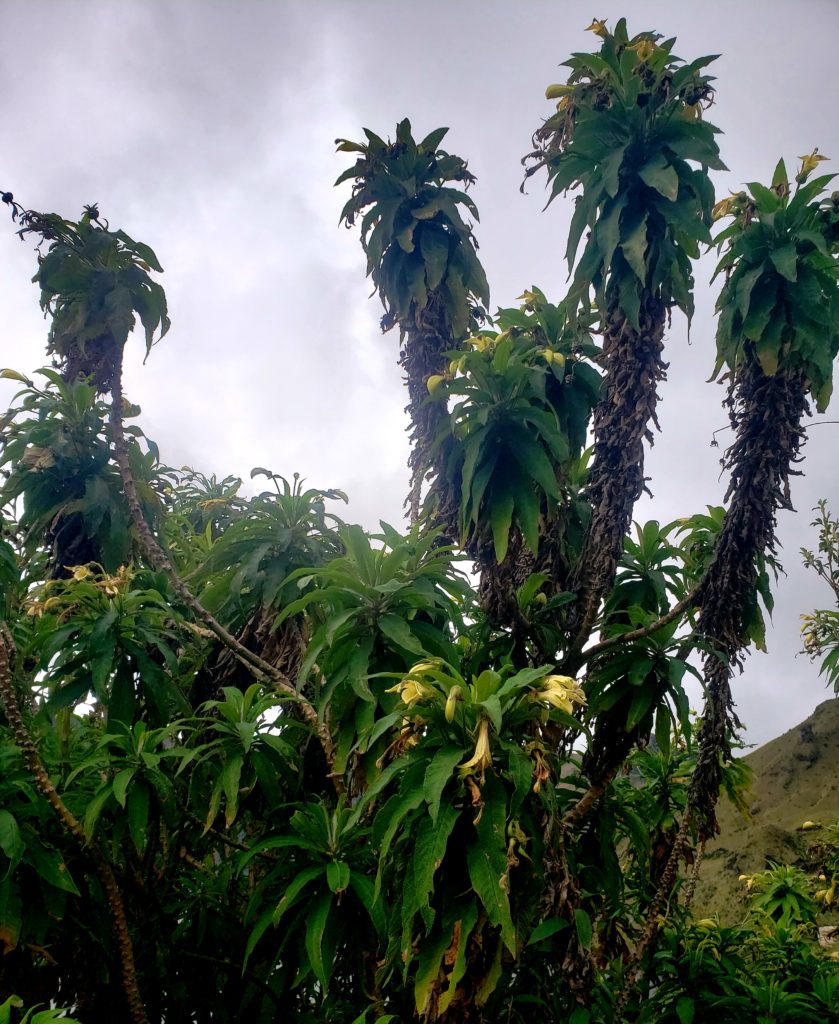
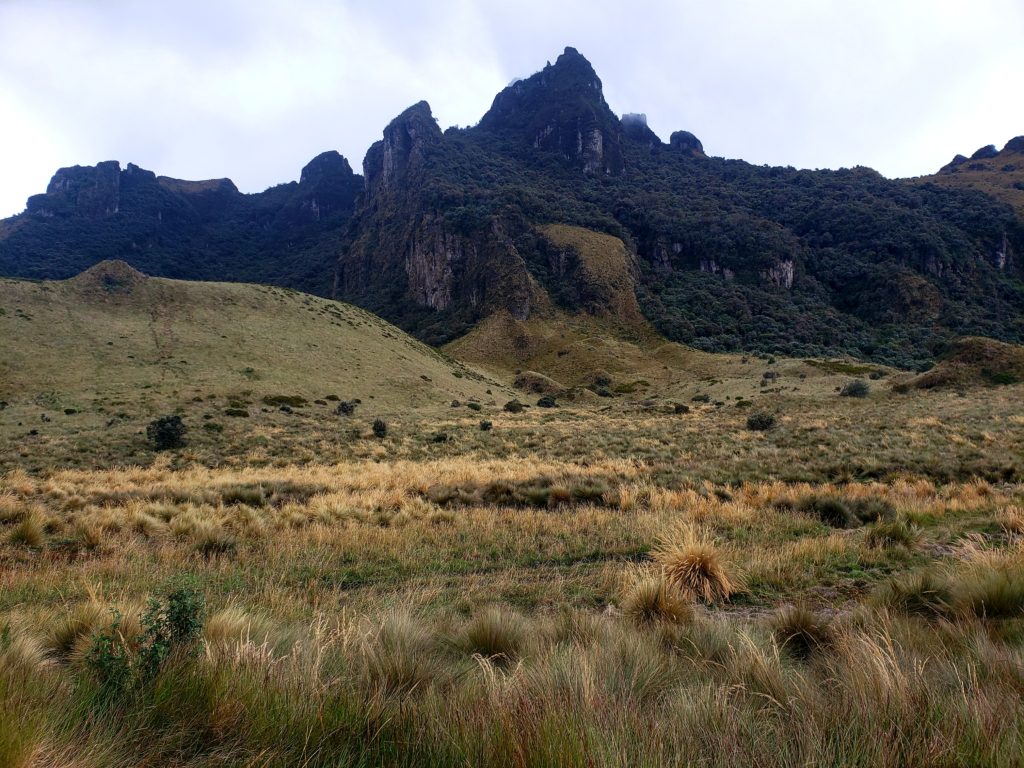
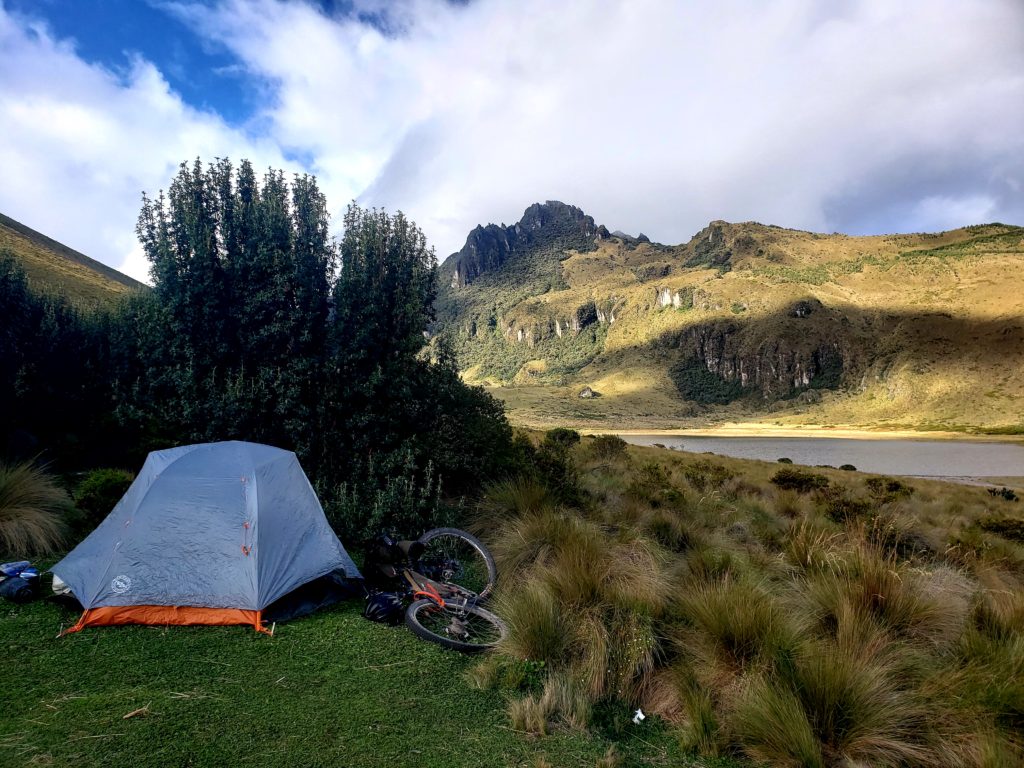
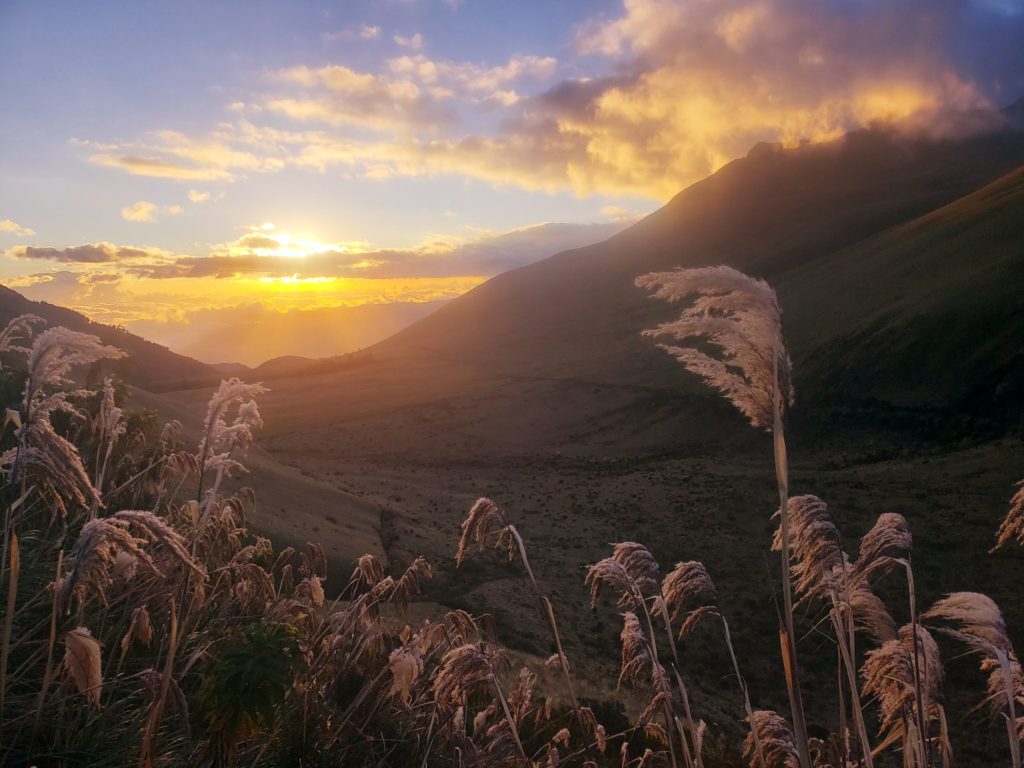
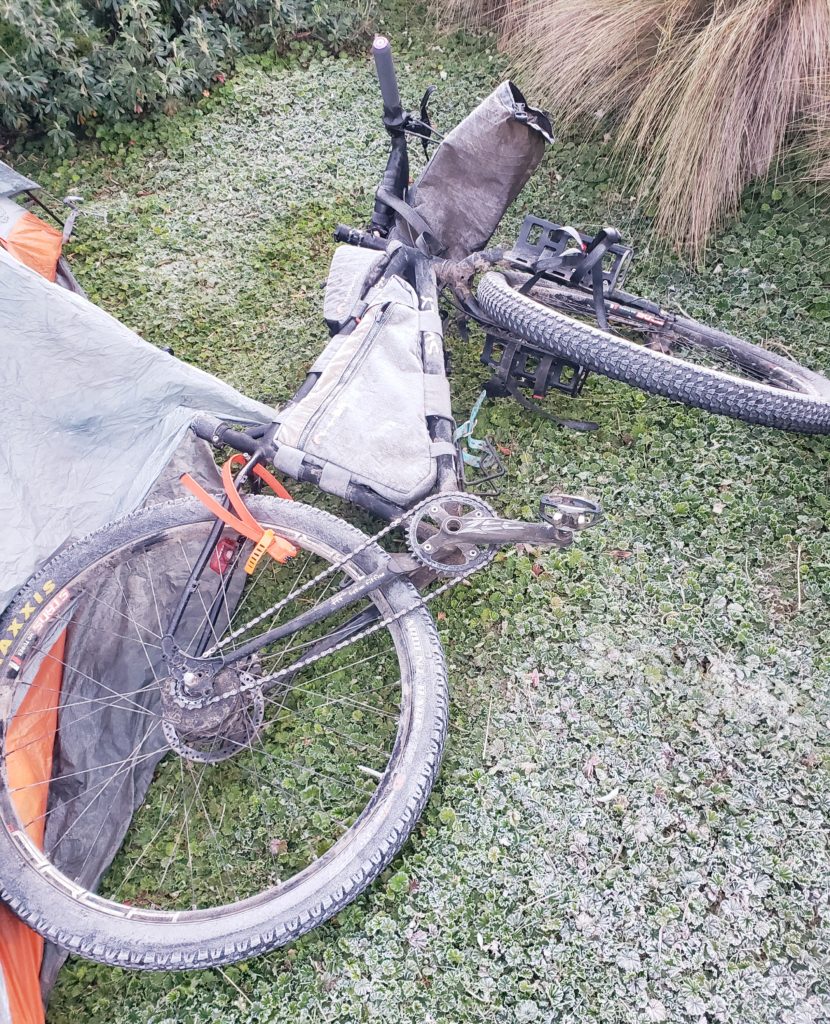
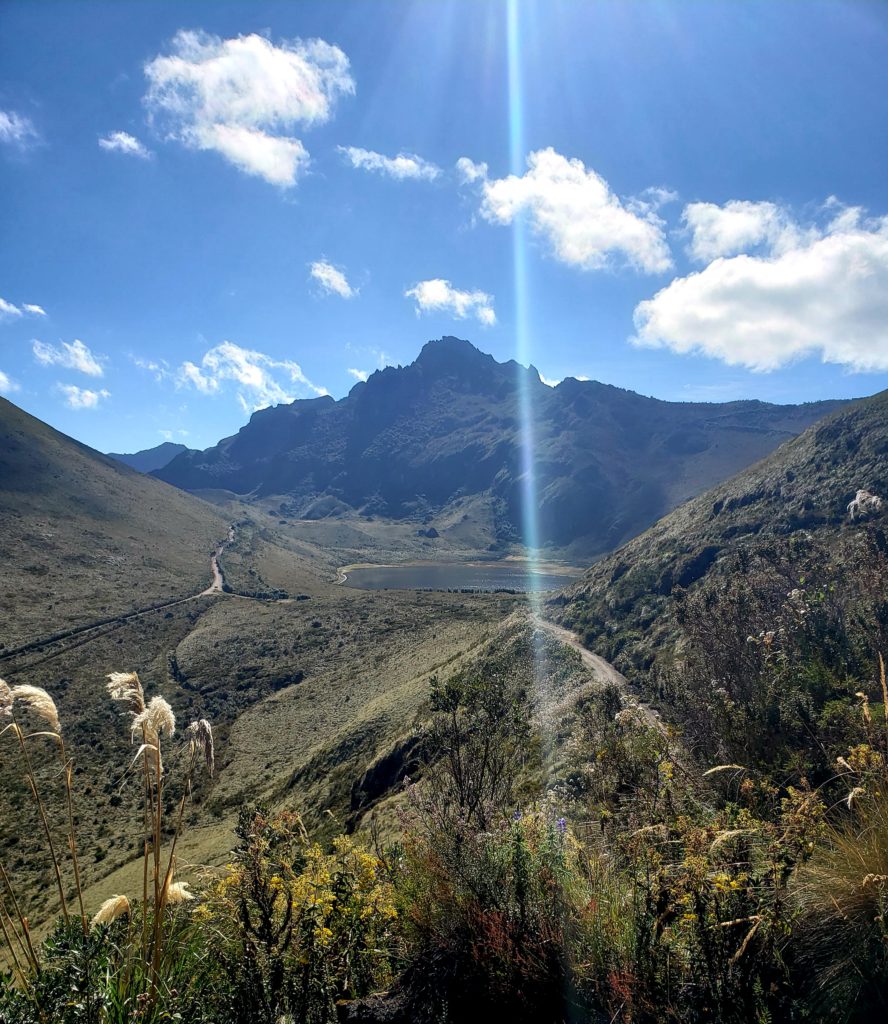
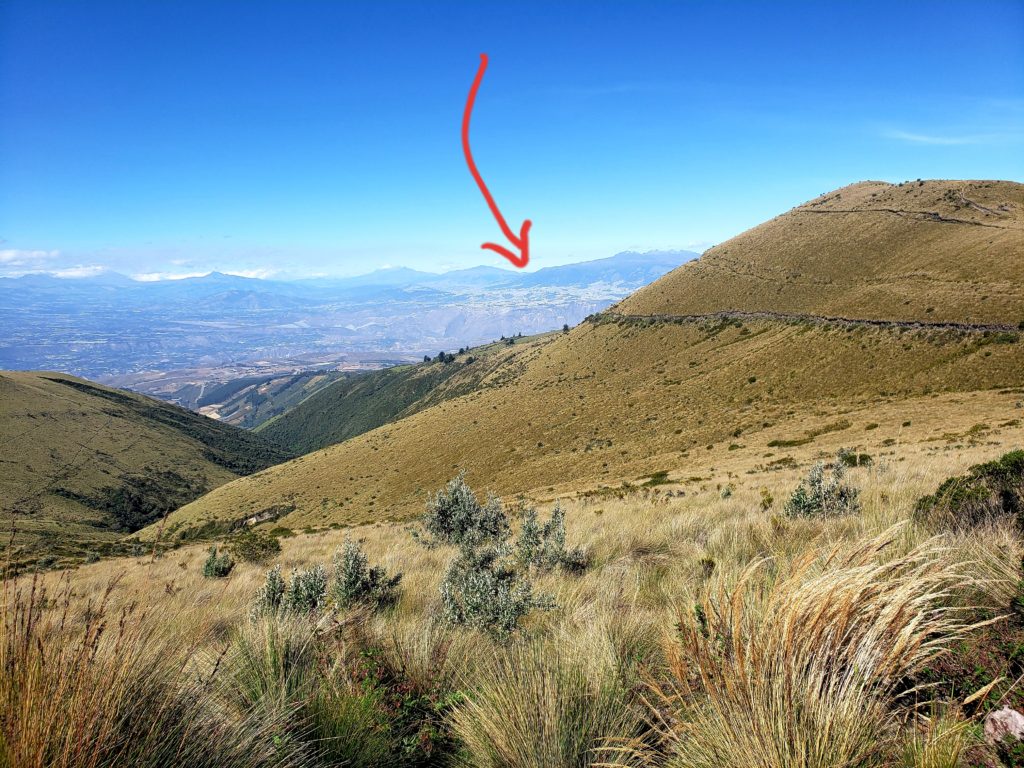
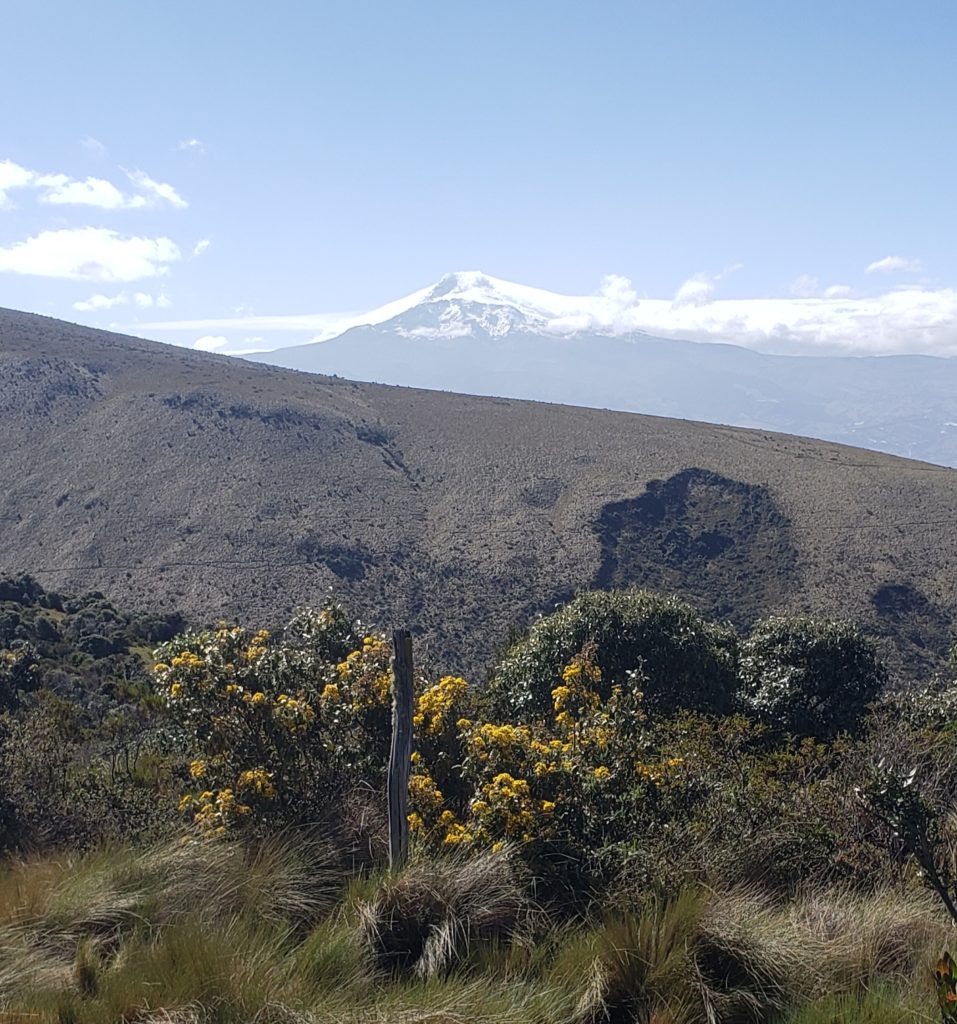
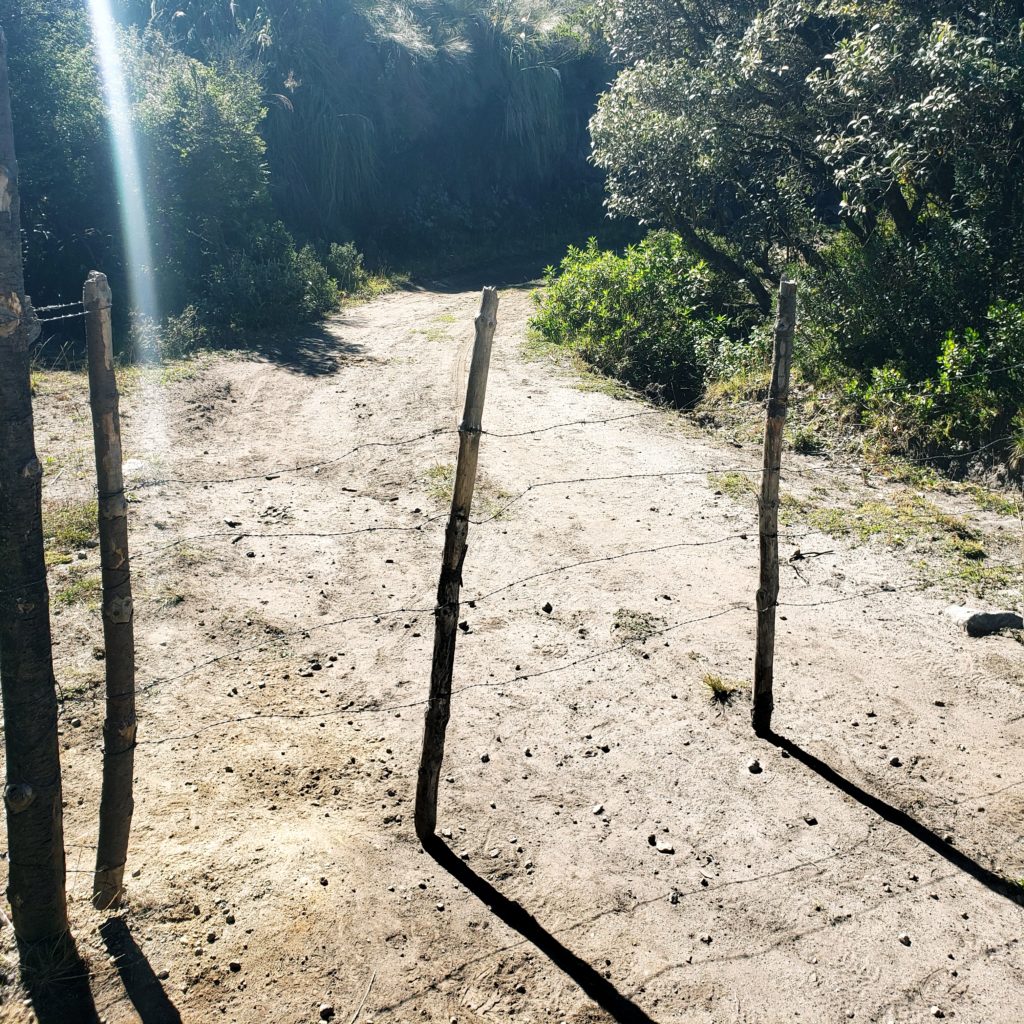
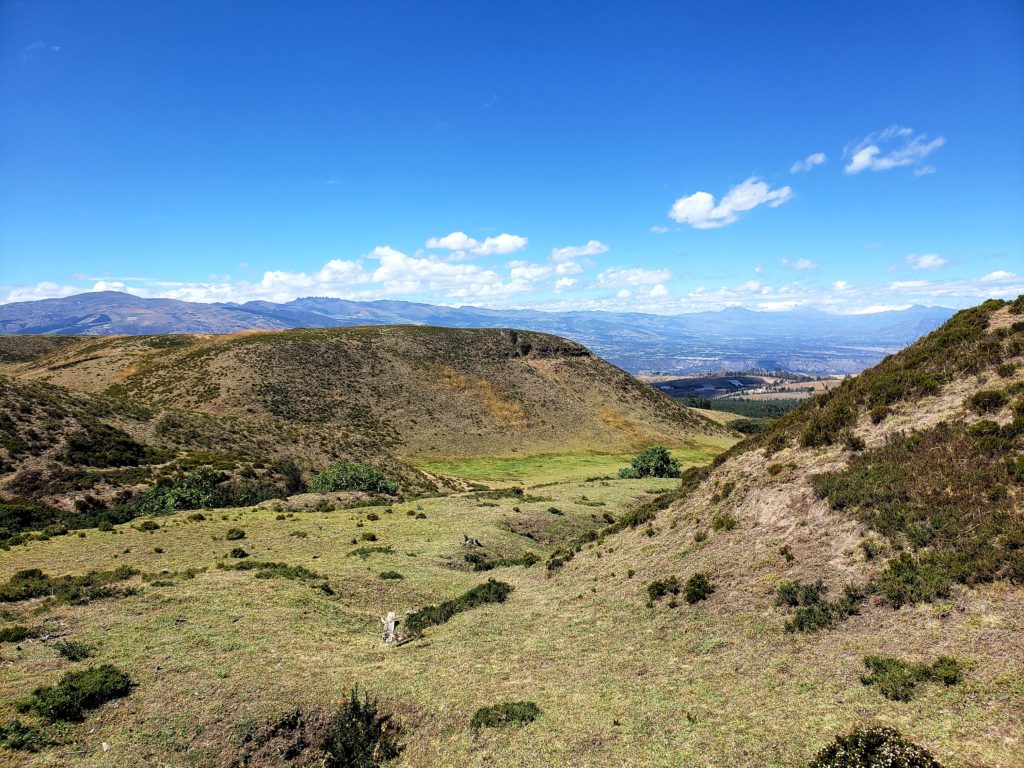
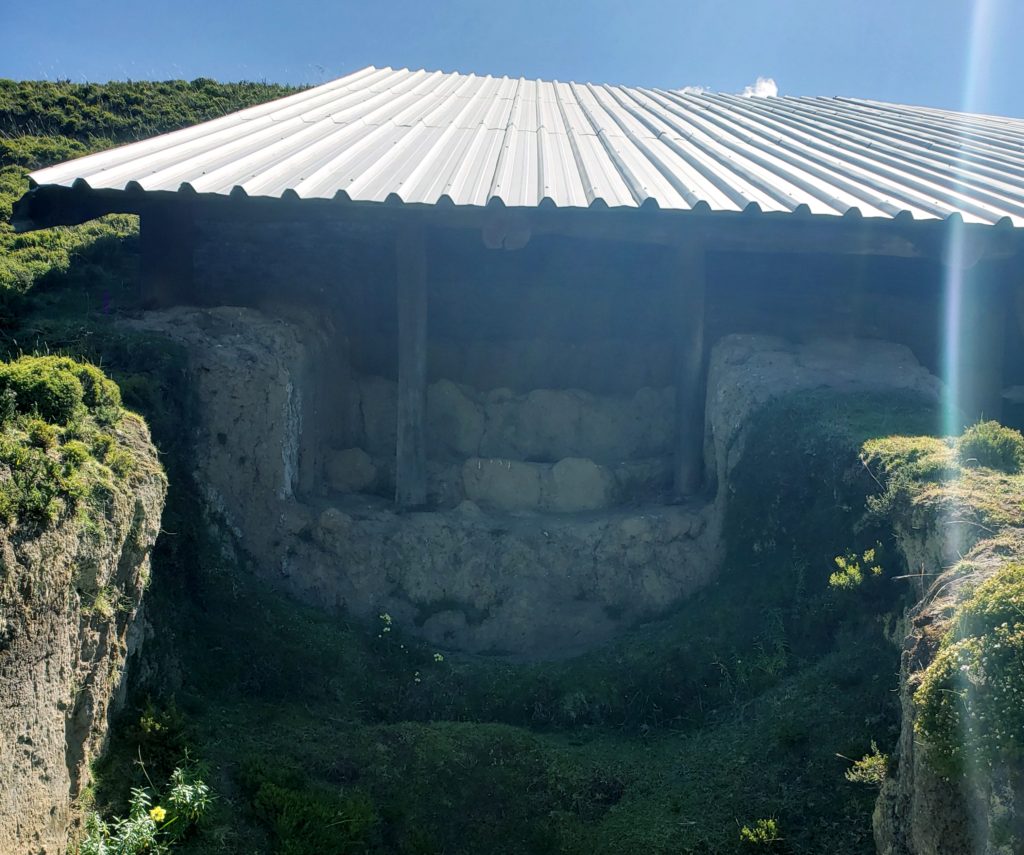
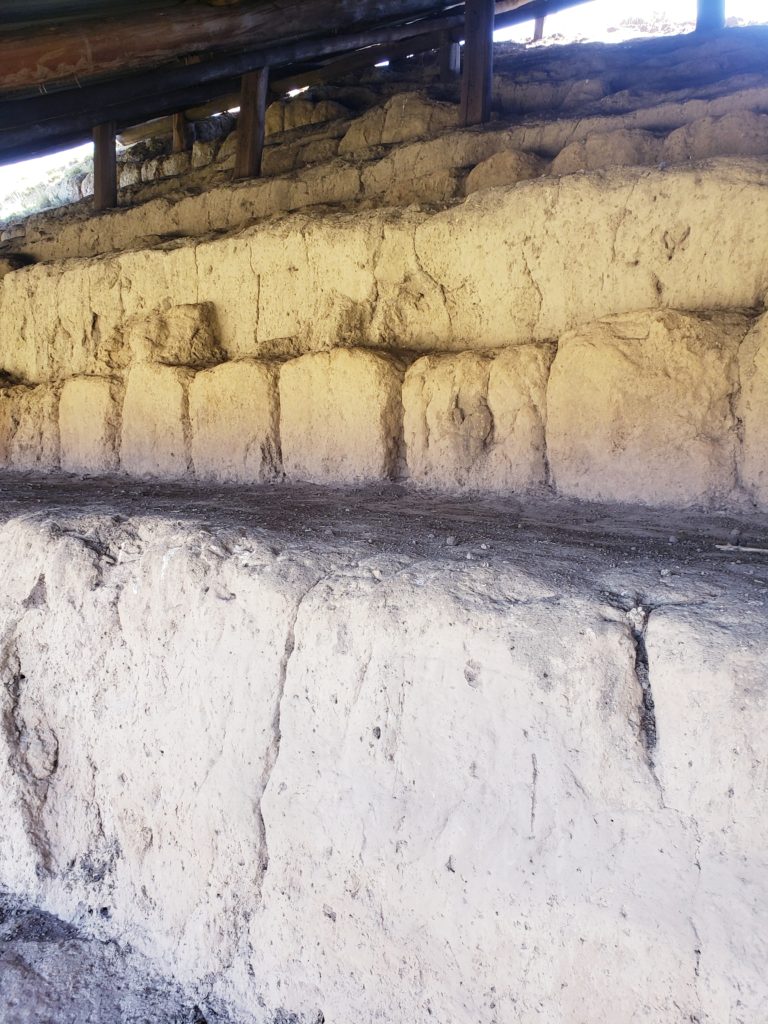
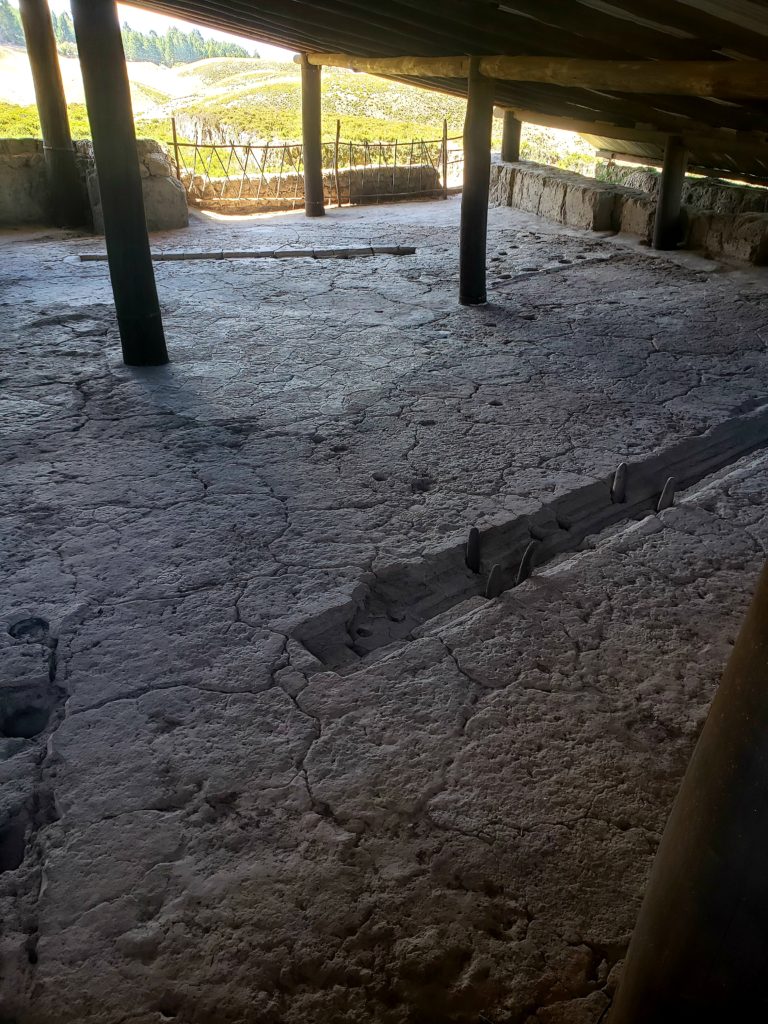
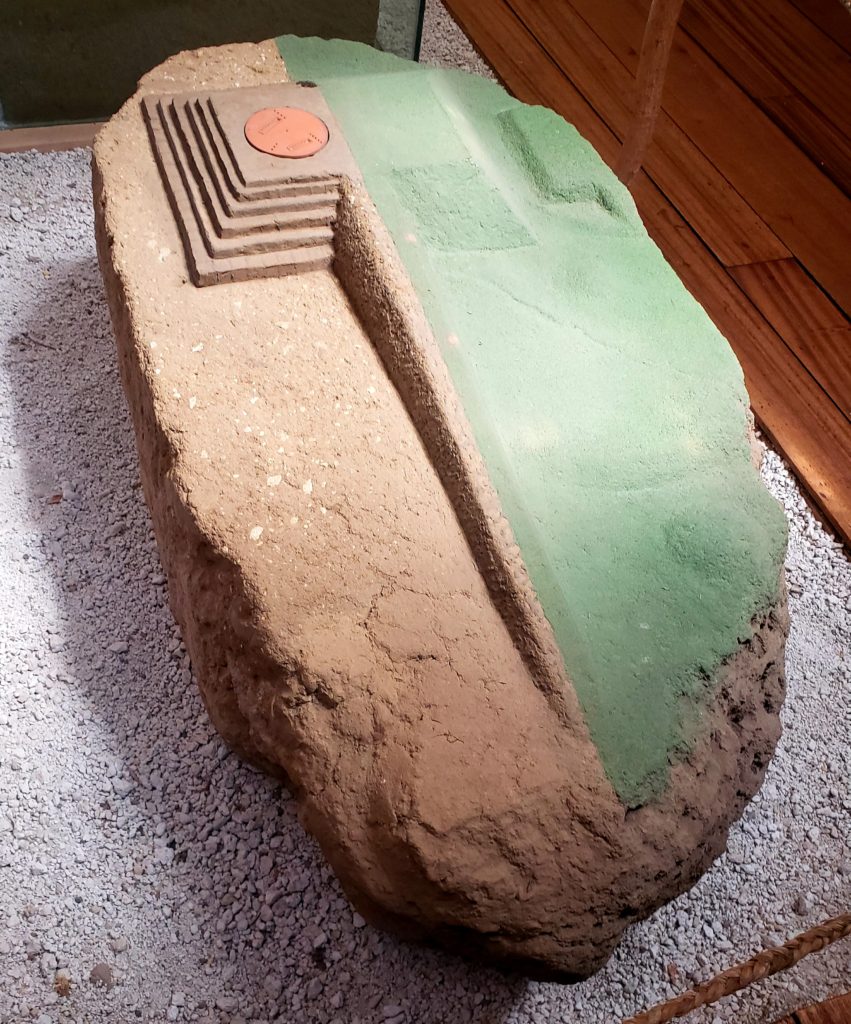
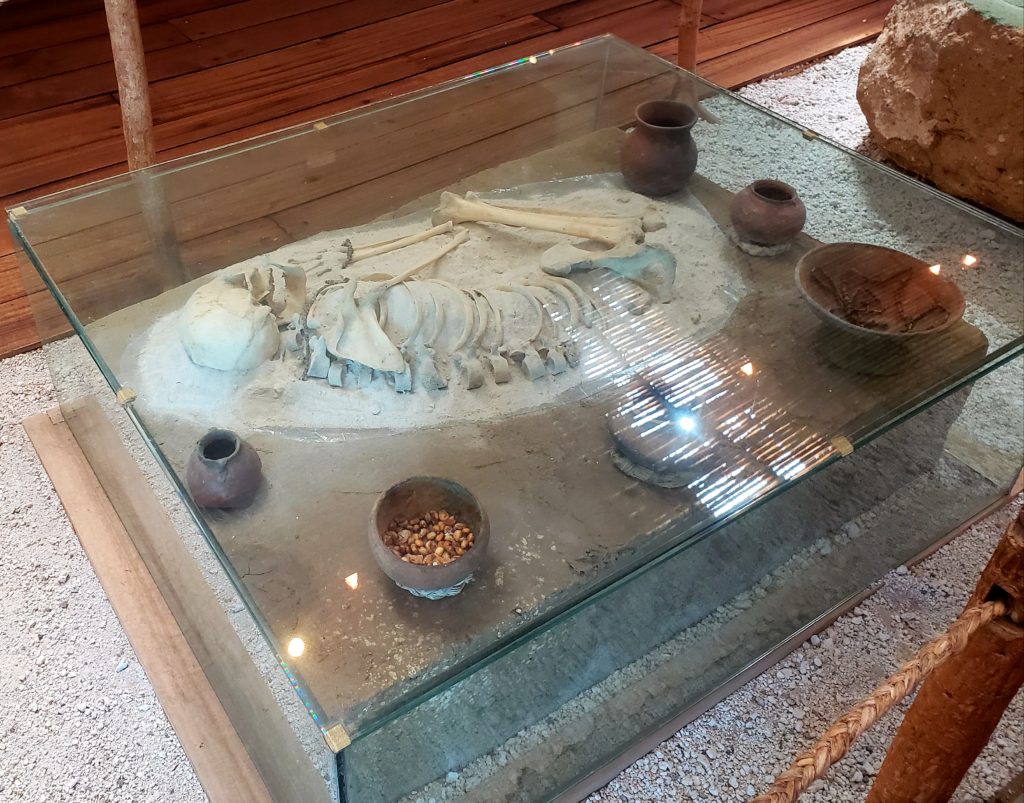

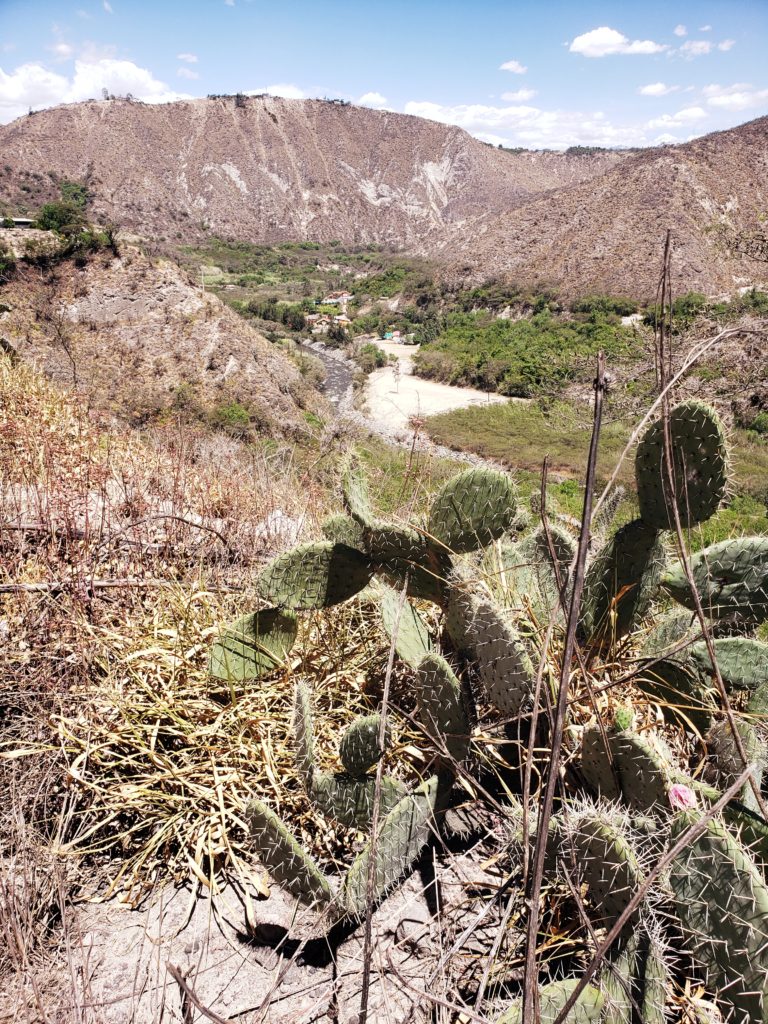
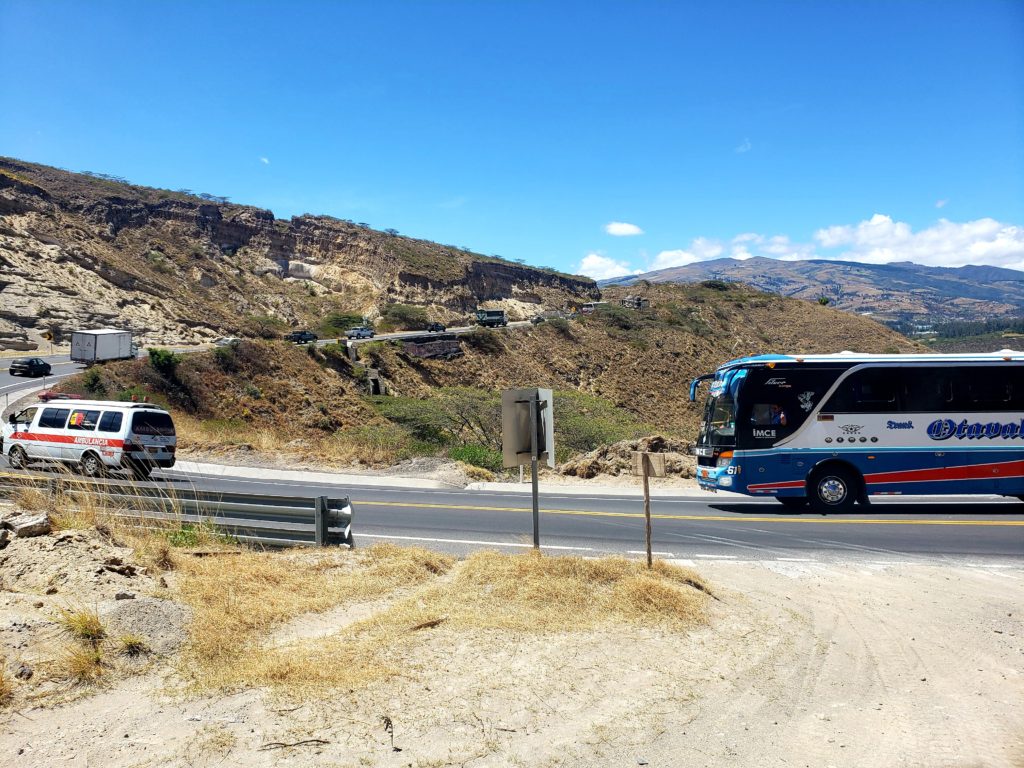

Archives
Calendar
| M | T | W | T | F | S | S |
|---|---|---|---|---|---|---|
| « Mar | ||||||
| 1 | 2 | 3 | 4 | |||
| 5 | 6 | 7 | 8 | 9 | 10 | 11 |
| 12 | 13 | 14 | 15 | 16 | 17 | 18 |
| 19 | 20 | 21 | 22 | 23 | 24 | 25 |
| 26 | 27 | 28 | 29 | 30 | 31 | |